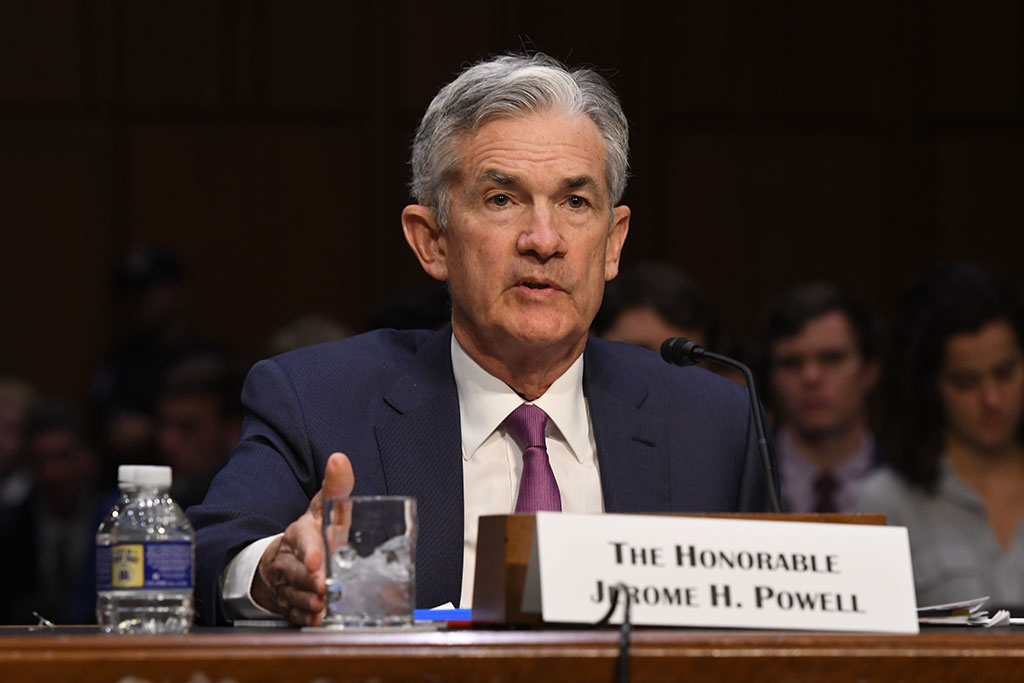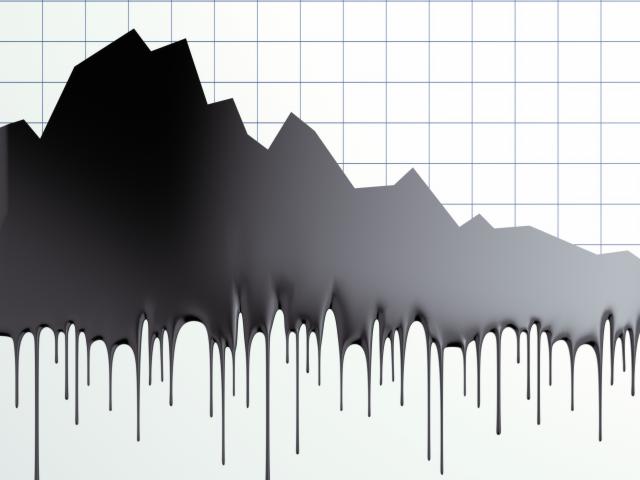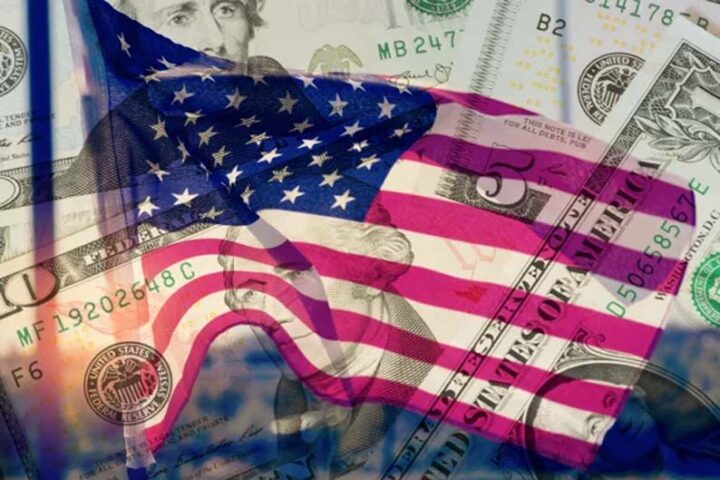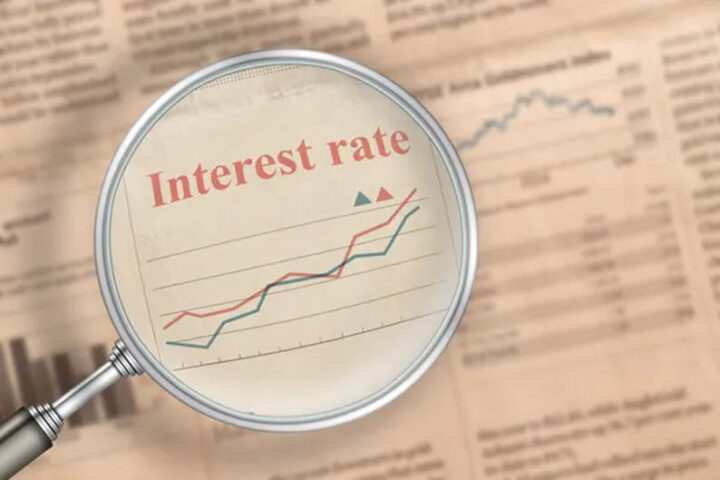By Tiffany Wilding, US Economist at PIMCO
With inflation still well above target and the unemployment rate now below estimates for the long-run level of maximum, we expect the Federal Reserve to use Wednesday’s meeting to reiterate recent guidance – officials now expect a March liftoff, three to four rate hikes this year and an earlier and faster start to quantitative tightening (QT) which we expect to begin in June or September.
We think it’s a close call as to whether they announce the end of asset purchases one month earlier (i.e. mid-February) than widely expected (mid-March).
In the press conference, Fed Chair Jerome Powell could even provide additional details on how officials prefer to shrink the balance sheet.
- Since the December FOMC meeting, a surprisingly strong December employment caused us – and Fed officials – to once again pull forward expectations for lift-off (although we didn’t adjust our terminal rate expectations). We now expect the Fed to begin raising rates at a quarterly pace in March and to start more aggressively winding down the balance sheet sometime around the middle of 2022. The 3.9% unemployment rate reported in December is now under FOMC estimates for its long-run level (a proxy for maximum employment) and December FOMC minutes revealed a committee that is very focused on upside inflation risks.
- As a result, we expect the Fed to use the meeting – the last meeting before expected lift-off in March – to formally signal an upcoming rate hike by modifying the labor market conditions discussion in the forward guidance section of the statement to say maximum employment will likely soon be met (the statement already acknowledges that the inflation goal has been more than met).
- At the same time, we also expect the statement and Chair Powell’s press conference to acknowledge ongoing risks from the Omicron variant. The statement will likely need to be updated to reflect the economic slowdown apparent in high frequency activity indicators as a result of resurgent virus cases. However, Chair Powell is likely to continue to emphasize upside risks to inflation from a further supply shock, consistent with their focus on reducing accommodation.
- We think it’s a close call on whether or not the Fed decides to expedite the end of its ongoing asset purchases in light of expectations for an earlier lift-off. As a baseline, we expect them to stop early and end asset purchases in mid-February, although it’s a close call between mid-February and the widely expected mid-March end date. On the one hand, officials would likely prefer greater separation between asset purchases, lift-off and QT. It’s also inconsistent to continue to provide additional accommodation while signaling that policy needs to be tighter. However, since the last month of asset purchases is relatively small they may ultimately stick to the existing schedule.










